Invented by Tae Jin HA, Jea In KIM, Noh Young Park, Back Sun KIM, Chang Suu HA, Kyung Won KIL, Virnect Inc
AROS is a cloud-based software platform that enables the creation, management, and delivery of AR content and applications. It provides a set of tools and services that developers can use to build AR experiences, such as 3D modeling, tracking, and rendering capabilities. By leveraging the power of the cloud, AROS allows for real-time collaboration, scalability, and accessibility across different devices and platforms.
One of the main advantages of using a SaaS-based AROS is the reduced cost and complexity of deploying AR solutions. Traditionally, developing and implementing AR applications required significant investment in hardware, software, and infrastructure. With a SaaS-based model, businesses can access the necessary tools and services on a subscription basis, eliminating the need for upfront capital expenditure. This makes AR technology more accessible to small and medium-sized enterprises (SMEs) that may have limited resources.
Furthermore, AROS offers flexibility and scalability, allowing businesses to easily scale their AR applications as their needs evolve. As the market for AR continues to grow, new features and functionalities are constantly being developed. A SaaS-based model ensures that businesses have access to the latest updates and innovations without the need for manual upgrades or additional investments. This enables businesses to stay competitive and adapt to changing market demands.
Another benefit of using a SaaS-based AROS is the ease of integration with existing systems and workflows. Many businesses already have established software and processes in place, and integrating new technologies can be a challenge. AROS providers understand this and offer seamless integration options, allowing businesses to leverage their existing infrastructure and data. This ensures a smooth transition and minimizes disruption to operations.
The market for SaaS-based AROS is expected to witness significant growth in the coming years. According to a report by MarketsandMarkets, the global AR market is projected to reach $77.0 billion by 2025, with a compound annual growth rate (CAGR) of 28.6% during the forecast period. The increasing adoption of AR technology across industries such as gaming, healthcare, retail, and manufacturing is driving this growth. Additionally, the rise of remote work and the need for virtual collaboration tools due to the COVID-19 pandemic have further accelerated the demand for AROS.
In conclusion, the market for SaaS-based Augmented Reality Operating Systems is poised for substantial growth as businesses recognize the potential of AR technology to enhance their operations. The affordability, scalability, and integration capabilities offered by AROS make it an attractive option for businesses of all sizes. As the market continues to evolve, we can expect to see more innovative applications and advancements in AR technology, further driving the demand for SaaS-based AROS.
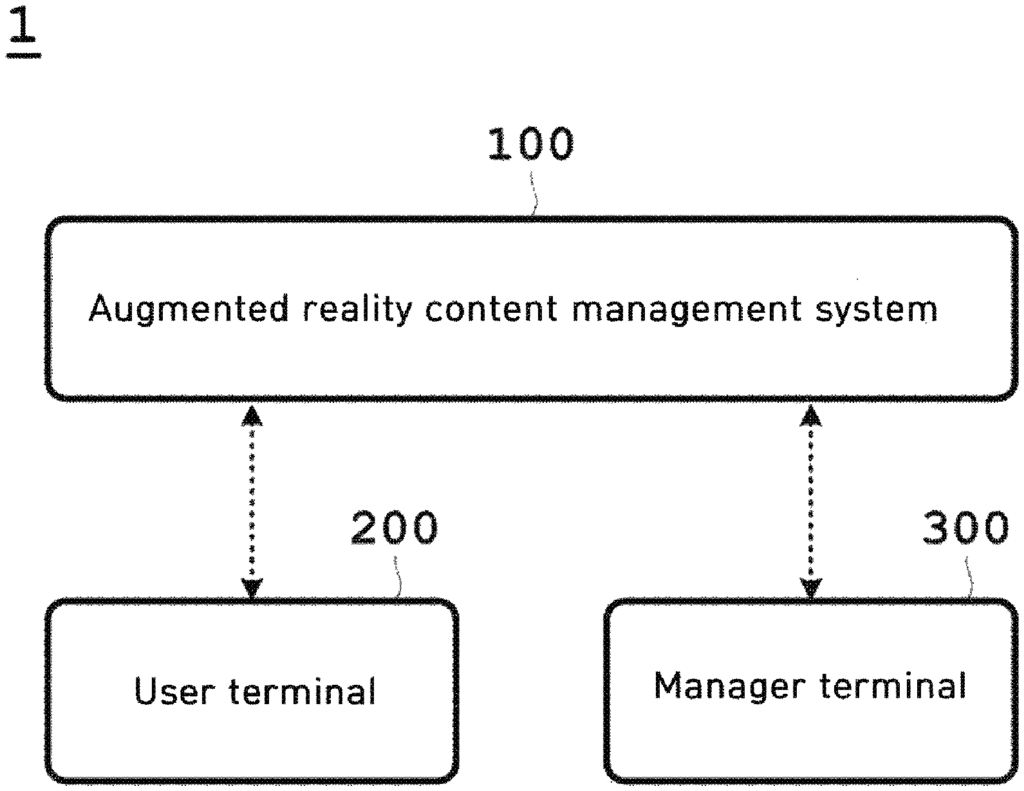
The Virnect Inc invention works as follows
The augmented-reality operating system is based on software as service. It comprises: an augmented-reality management system that provides a 3D virtual to a web-browser which has sent a URL in a distributed mode and supports creation of augmented-reality content using augmented-reality software as service in an Authoring mode.
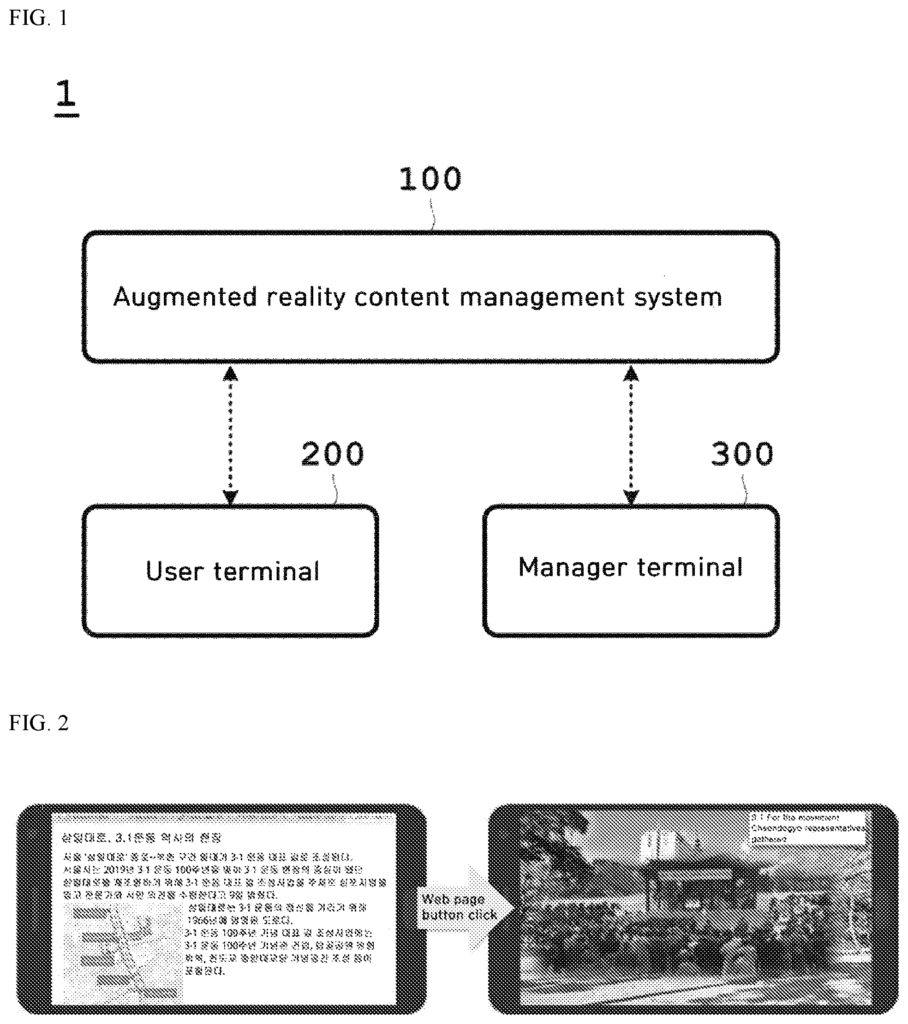
Background for Augmented Reality Service Software as a Service Based Augmented Reality Operating System
Technical Field
The present invention is a augmented-reality operating system, and more specifically, an augmented-reality software as a services based augmented-reality operating system.
Related Art
Recent research is being conducted on interactive content based on the technique of augmented reality, which shows the physical environment overlaid with different pieces of information whenever a camera module takes a picture of the real world.
Augmented Reality” (AR) is part of the Virtual Reality technology field and it’s a computer-based technique that creates a virtual environment which can be perceived by the users as being interwoven into the physical world.
AR is a virtual world that overlays the virtual world on top of the real world. This provides information with additional information which can’t be derived from the physical universe alone.
In other words augmented reality can be defined as a reality created by blending the real images seen by the user with a computer-generated virtual environment, such as a 3D virtual world. The 3D virtual environment can provide the information needed to create real images that are perceived by the users. 3D images blended with real images may enhance the immersive experiences of the user.
Compared to pure virtual reality, augmented reality offers real images with a virtual 3D environment, and seamlessly integrates the physical world with virtual worlds, providing a greater sense of reality.
Research/development on augmented reality techniques is being actively conducted in many countries to exploit its advantages. Commercialization of augmented-reality is underway in many fields, including broadcasting and advertising, theme parks, games, military, education, promotion, and more.
The mobile terminals have improved due to the improvement in computing power of mobile devices like mobile phones, Personal Digital Assistants, and Ultra Mobile Personal Computers.
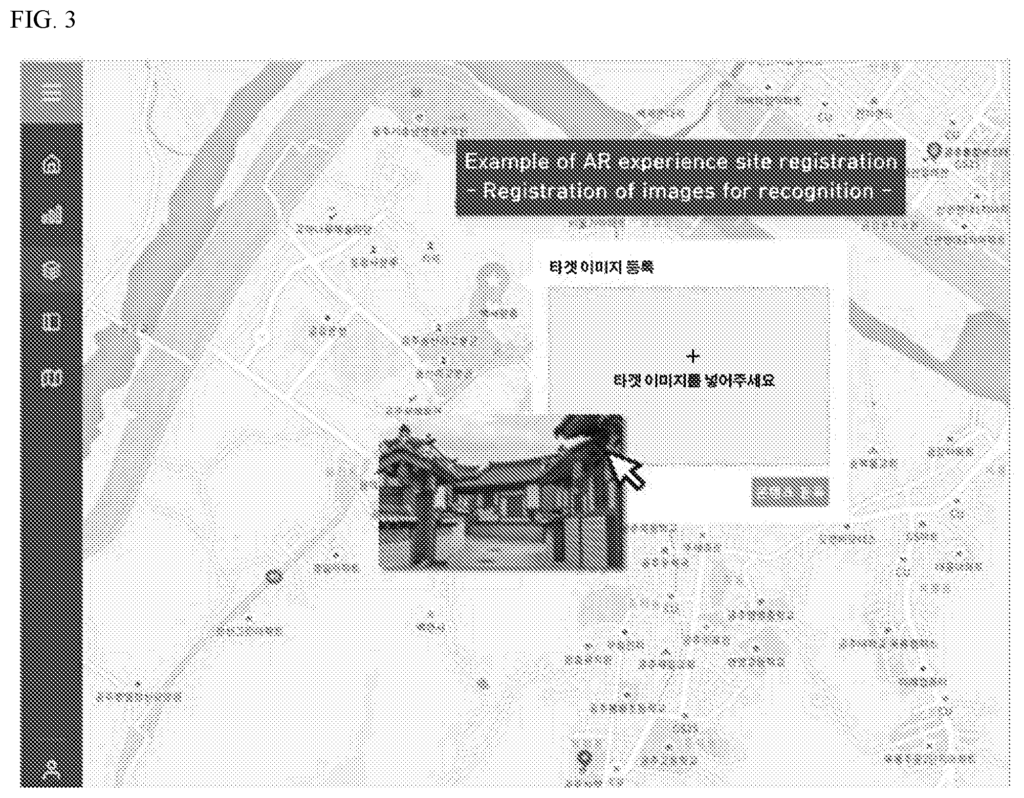
As a result of the availability of this system, many augmented reality apps based on mobile phones have been created. As mobile devices spread rapidly, a suitable environment for users to experience augmented-reality applications is also being created.
Augmented reality content for mobile users is increasingly being developed and augmented reality services are in demand.
The Korean public patent no. The Korean public patent No. The 10-2016-0092292 is a?system and method for providing augmented reality service of materials for promotional objects?
Conventional augmented-reality systems require not only the construction of a dedicated server, but also applications that access the server and operate augmented-reality. To put it another way, in order to create an augmented reality system using conventional methods, a’server-app’ is required. For each augmented reality service, components must be built. This means that the costs of building a system are higher than those for creating content.
PRIOR ART RESFERENCES
Patent Reference
(Patent number 1) KR10 2016 0092292A
The present invention was made to solve the above technical problem and provides an augmented-reality operating system that can create and distribute augmented-reality content quickly and easily in the form Uniform Resource Locators (URLs) by utilizing augmented-reality Software as a Service.
According to an embodiment of the invention, to solve the above technical problem, an augmented-reality operating system consists of an augmented-reality content management system that provides a 3D virtual object to a web-browser which has transmitted an URL address, and a user-terminal providing the URL through the installed browser, receiving the 3D image from the content management system and displaying the actual image information on the web-browser by augmenting each physical object displayed with the pre-assigned 3D image.
Also the augmented reality system manages content in real time, providing the 3D virtual images corresponding to actual image data to the terminal; identifying a physical object from the image data and providing a virtual object from the 3D image that is assigned to this identified physical object to the terminal.
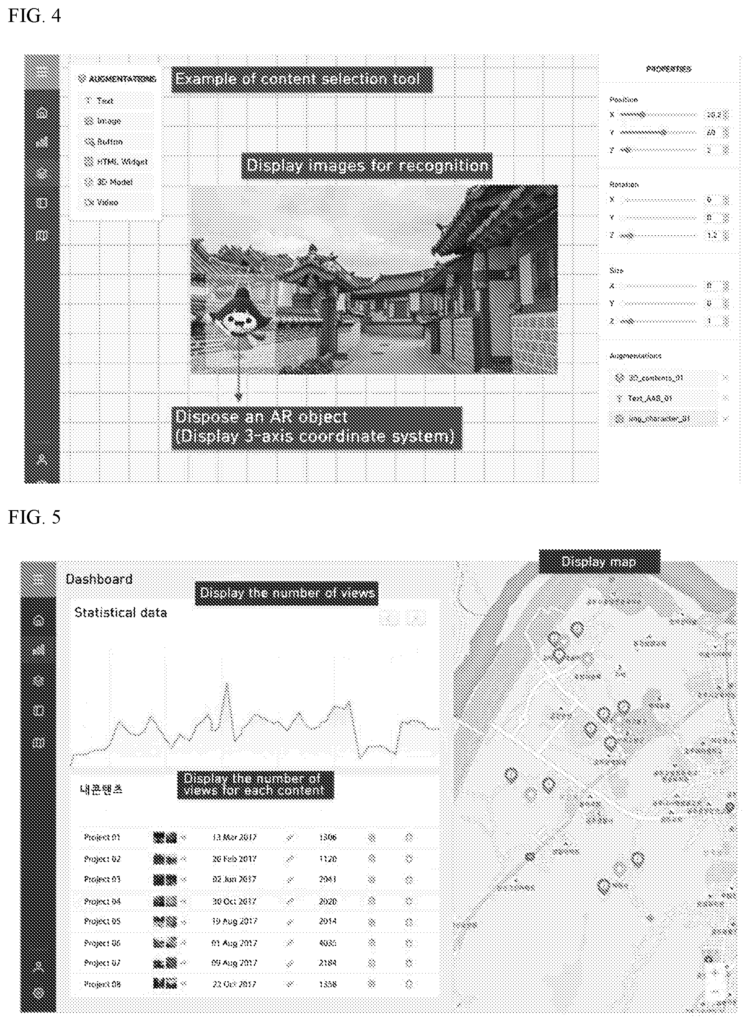
The augmented content management system also includes a manager terminal that accesses augmented software as a web service from an augmented content management service via an installed web-browser and creates augmented content by determining a augmentation location on a map and a physical object with actual image information at the augmentation place, as well as a virtual object associated with the physical object.
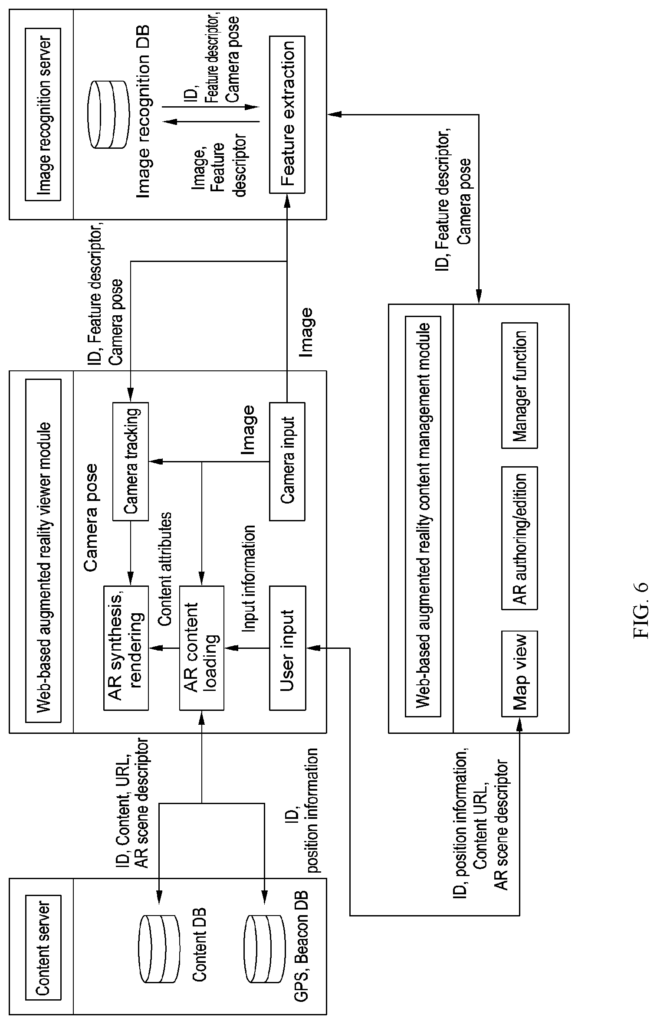
Click here to view the patent on Google Patents.
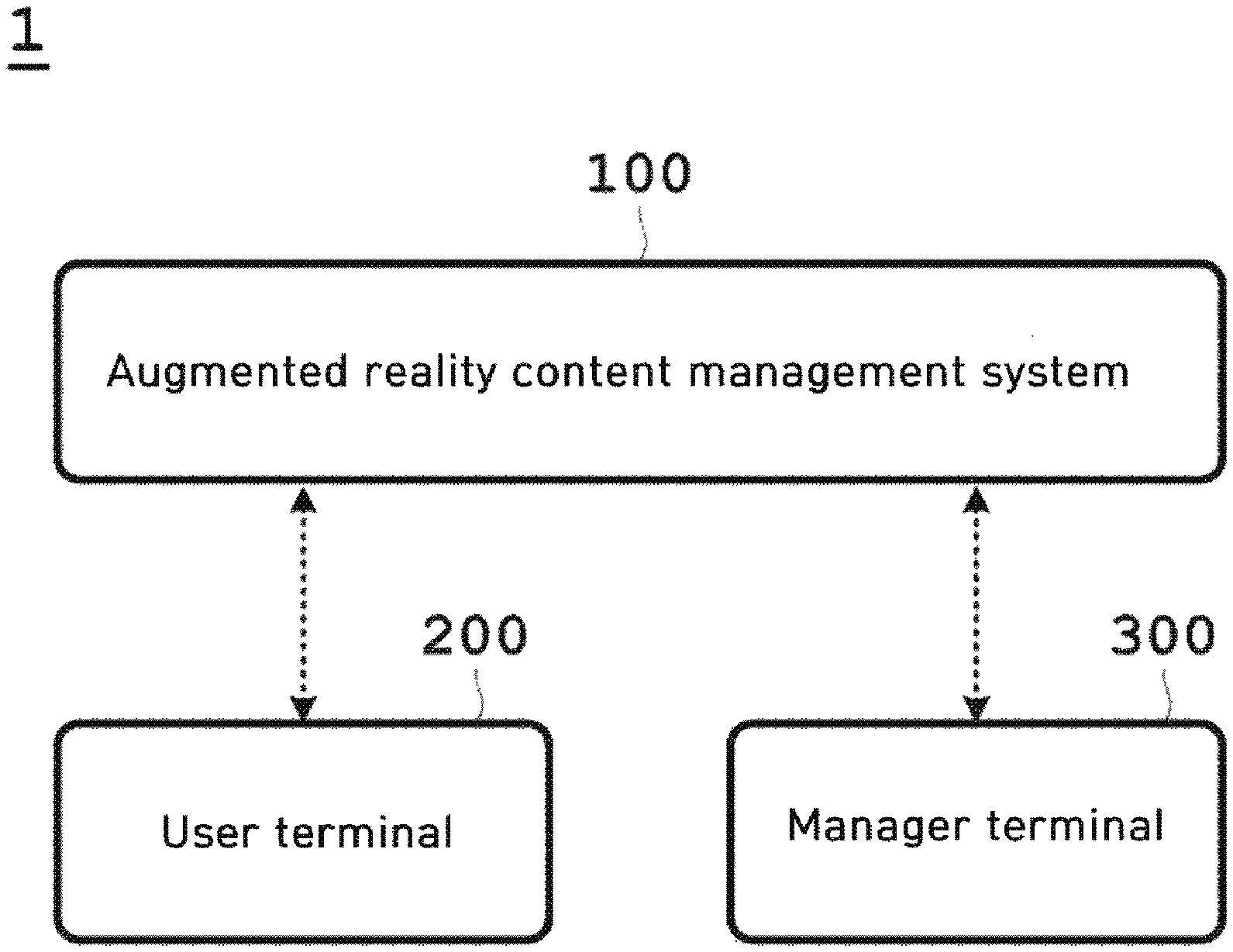
Leave a Reply